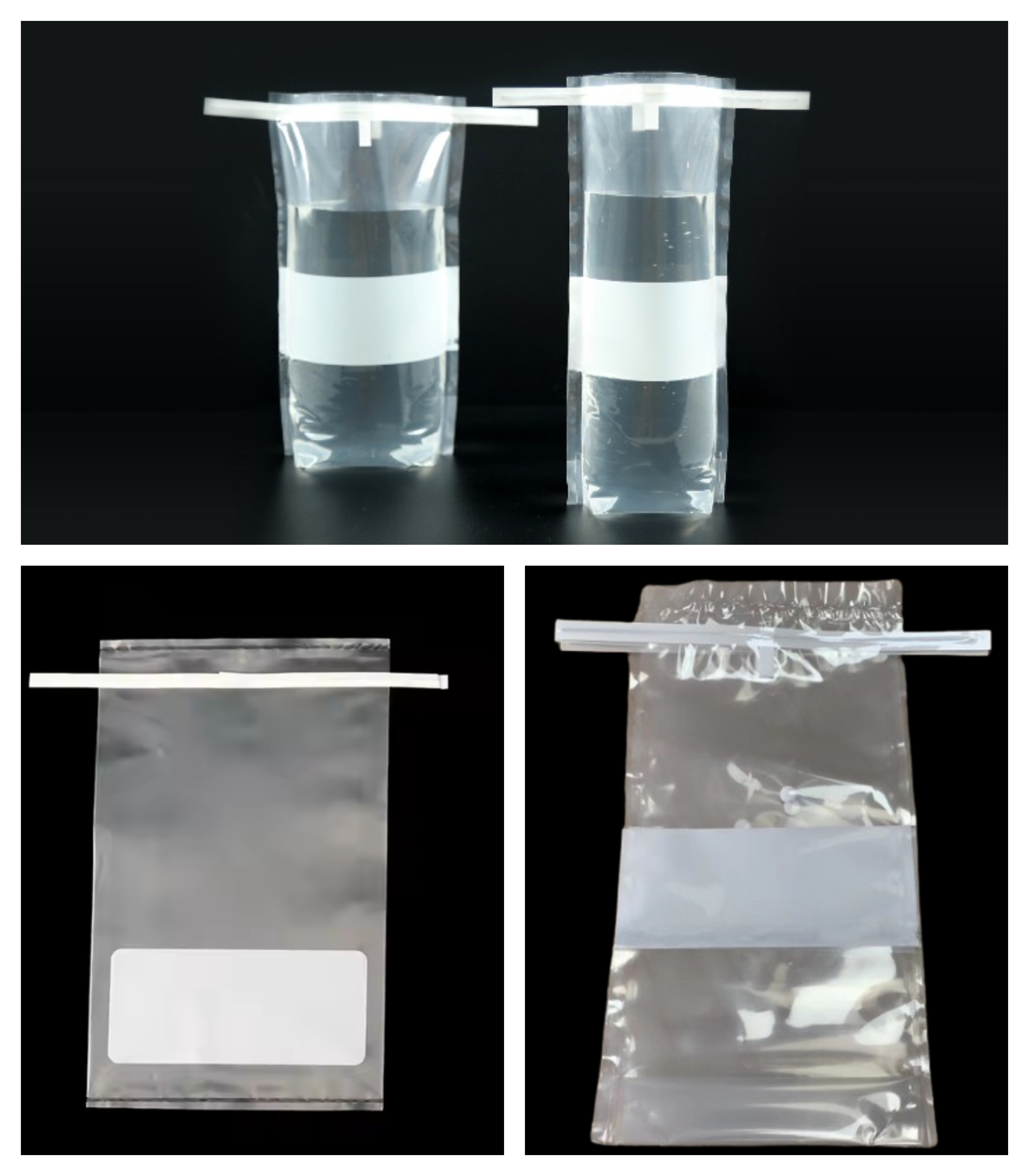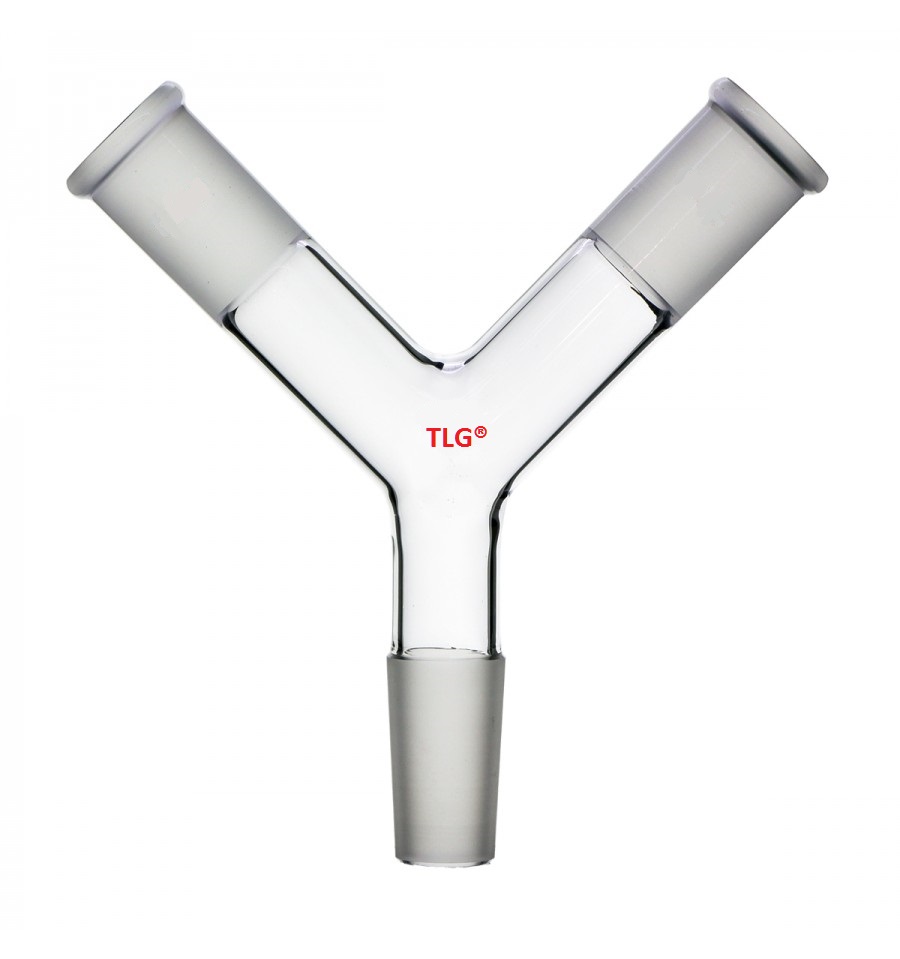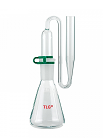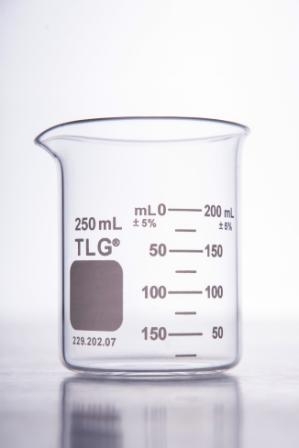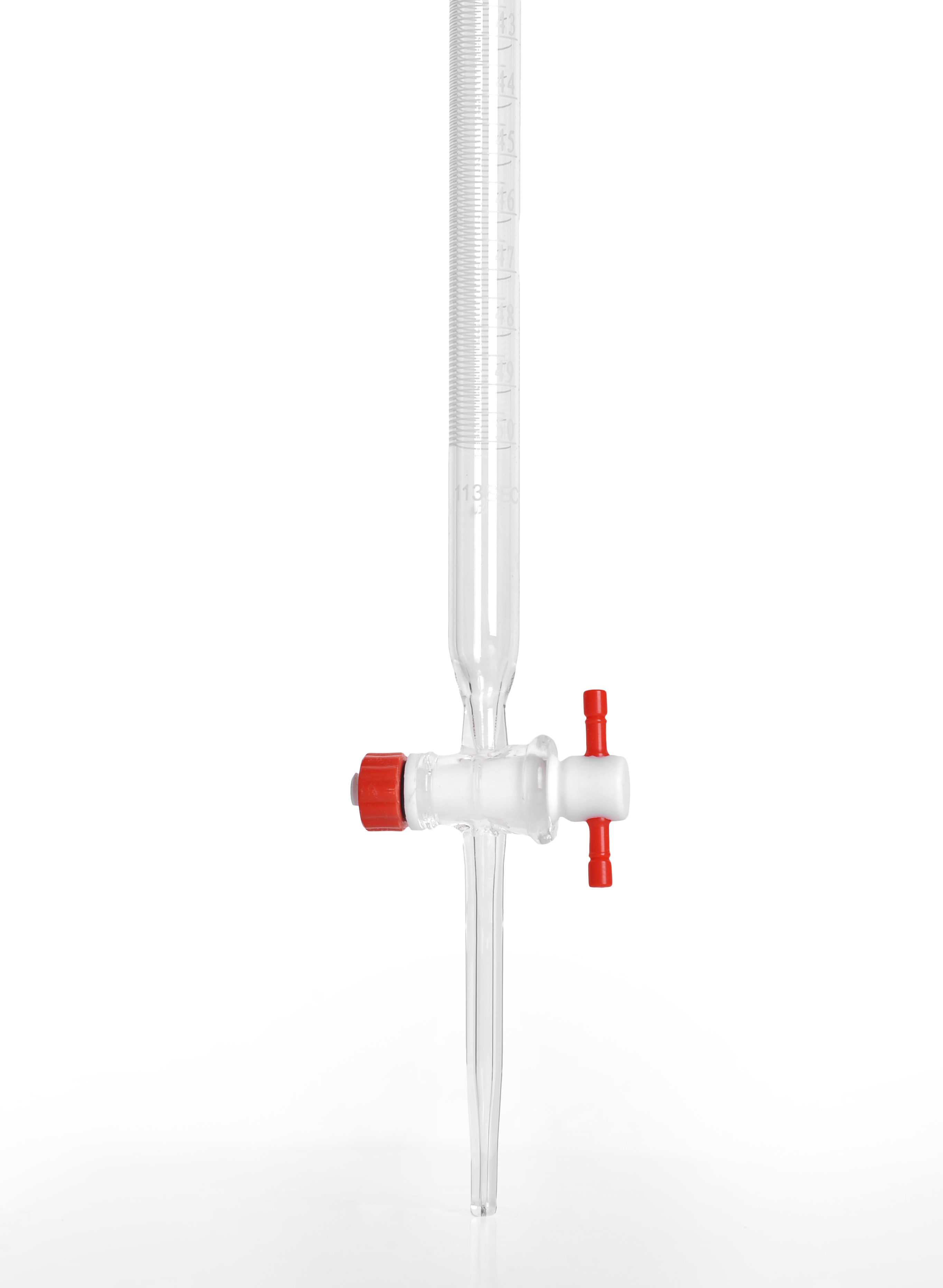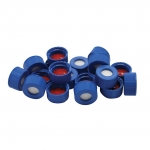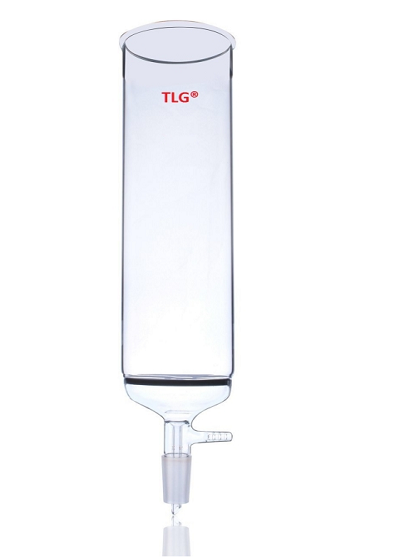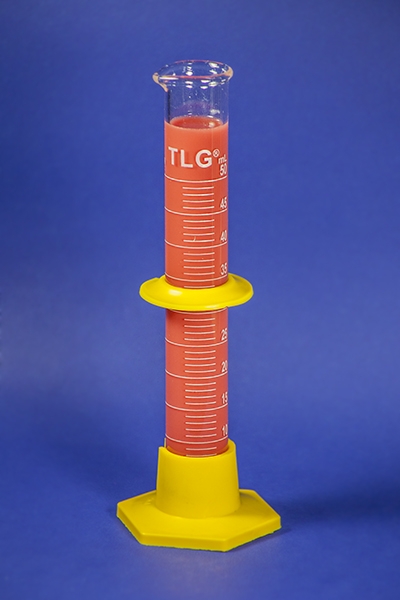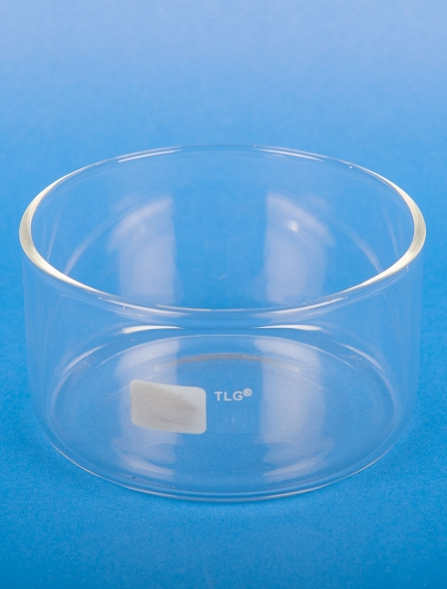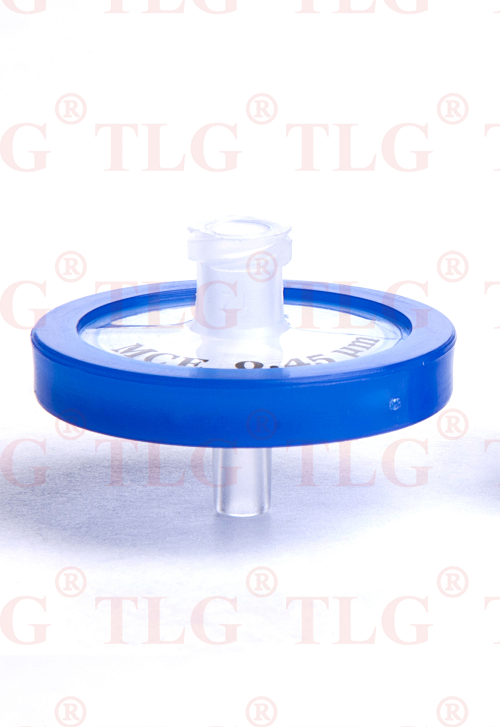Shop Products 
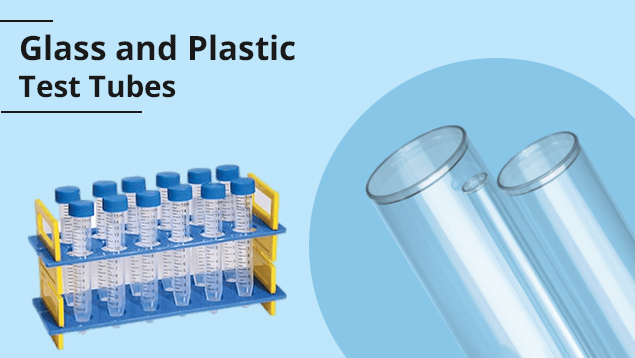
Glass and Plastic Test Tubes: A Comprehensive Comparison
Test tubes are cylindrical containers used in a wide range of scientific experiments and procedures. They are essential in the laboratory, serving as a convenient and efficient way to hold, mix, heat, and observe small quantities of liquids and specimens. However, there are two main types of test tubes available: glass and plastic. In this blog, we take a comprehensive look at the pros and cons of both glass and plastic test tubes to help you make an informed decision about which type of test tube is best for your needs.
Glass test tubes are made of high-quality borosilicate glass, which is known for its durability and resistance to temperature changes and chemical reactions. Glass test tubes are also transparent, making it easy to observe the contents of the tube and monitor changes over time. Additionally, glass test tubes are reusable, making them a cost-effective option for many laboratory applications.
One of the main advantages of glass test tubes is their durability. Glass is not porous, which means it is resistant to breaking, cracking, or becoming contaminated. Glass test tubes are also resistant to chemicals and other substances, making them an ideal choice for a wide range of applications. However, glass test tubes are more fragile than plastic test tubes and can break if dropped or subjected to rough handling.
Plastic test tubes are made of high-quality polypropylene or other durable plastics, and are designed for use in a variety of laboratory applications. Plastic test tubes are lightweight, flexible, and shatter-resistant, making them an ideal choice for applications that require a high degree of durability. Additionally, plastic test tubes are resistant to chemical reactions, making them suitable for use in a wide range of experiments.
One of the main advantages of plastic test tubes is their flexibility. Plastic test tubes can be bent and twisted without breaking, making them ideal for applications that require a high degree of flexibility. Additionally, plastic test tubes are reusable, making them a cost-effective option for many laboratory applications. However, plastic test tubes are not as durable as glass test tubes and may become brittle or crack over time with repeated use.
Conclusion
In conclusion, both glass and plastic test tubes have their own unique advantages and disadvantages. Glass test tubes are durable, transparent, and resistant to chemical reactions, making them an ideal choice for a wide range of applications. However, they are also more fragile than plastic test tubes and can break if dropped or subjected to rough handling. Plastic test tubes are lightweight, flexible, and shatter-resistant, making them an ideal choice for applications that require a high degree of durability. However, they are not as durable as glass test tubes and may become brittle or crack over time with repeated use. Ultimately, the choice between glass and plastic test tubes will depend on your specific needs and the requirements of your laboratory applications.








